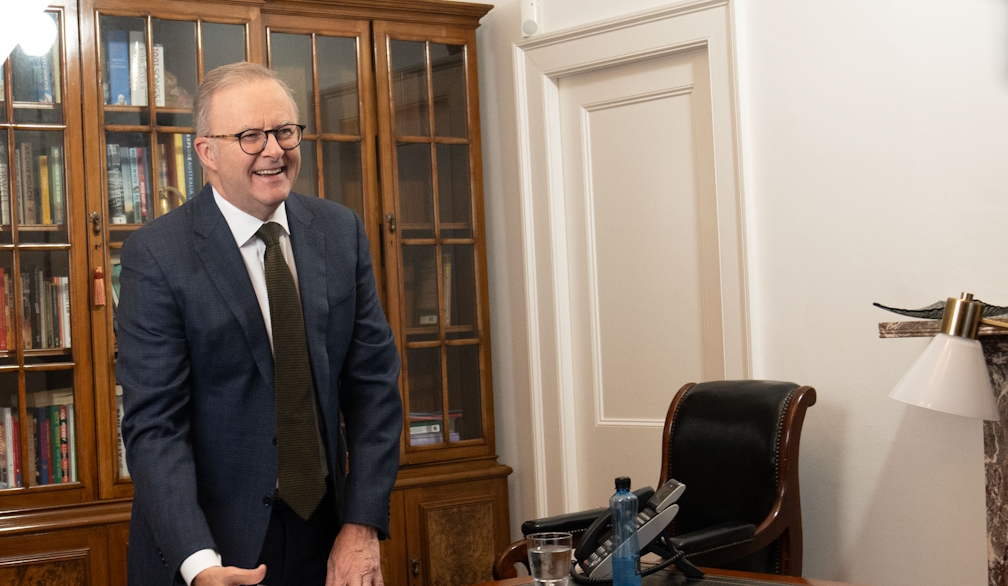The government is reviewing negative gearing and capital gains tax, but this won’t be enough to fix our housing shortage
- Written by Michelle Cull, Associate professor, Western Sydney University

Negative gearing and capital gains tax are back on the national agenda as Australians deal with a housing crisis and politicians look for ways to tackle the issue and win voters’ support at the upcoming election.
The Labor government confirmed this week the tax concessions[1] were being reviewed. Meanwhile, the government is struggling to pass its Help to Buy housing assistance legislation through the Senate.
The Help to Buy legislation is aimed at helping first home buyers on low and middle incomes purchase their first home. The government would contribute up to 40% of the home purchase price and require only a 2% deposit from buyer. Buyers could eventually buy back the government’s equity share.
But the legislation has stalled with the Greens wanting more including rent caps and pulling back negative gearing while the Coalition says the government “shouldn’t be in the business of co-owning people’s homes”.
The review, revealed yesterday, could reportedly[2] include a cap on the number of properties a person could negatively gear. The changes would not affect anyone who is currently negatively geared.
Negative gearing lets taxpayers claim deductions on their tax for the expenses relating to owning an investment property. They can save on tax as the property potentially rises in value. They can also be eligible for a reduced capital gains tax when they sell the property.
But any changes to negative gearing and capital gains tax policies could face further opposition – depending on how they are implemented. The crucial issue is whether the changes free up enough housing stock and make it more affordable for buyers and renters.
Home ownership in Australia
Based on National Housing Supply and Affordability Council[3] data, home ownership across most age groups has been declining since the 1970s.
Younger households, aged between 25 and 34 years, are hardest hit, having 34% of household income spent on mortgage costs in 2022–23.
About 67% of households in Australia are home owners, and the remainder renters. While the proportion of owners with a mortgage has increased since 1994, so too has the proportion of private renters.
Size of the investment market
Just under 10% of all taxpayers negatively geared their properties in 2020–21[4] and more than 70% of property investors have only one investment property.
While there have been calls for changes to negative gearing policy to cap the number of investment properties at six, this would impact about only 20,000 individual property investors.
Changes to capital gains tax
Suggestions to increase capital gains tax (CGT) need to be considered carefully, given that:
• there is no solid evidence to show that increasing CGT will increase housing supply and in fact, it may have the opposite effect by limiting rental housing available
• any change to CGT legislation also impacts other investments (such as shares[5]), as the CGT discount[6] also applies to other capital gains
• multiple investment properties are often held within self-managed superannuation funds (SMSFs) which are subject to different CGT rules and also benefit from superannuation tax concessions
• the rapid increase in housing prices over recent years is likely to result in very large amounts of CGT being paid on investment properties, even with the current 50% CGT discount.
Other ways to improve affordability and availability
Policy discussions around housing affordability and availability invariably lead to suggestions to change how negative gearing and capital gains tax operate. However, taxation policy is not the only solution available.
Another suggestion put forward is to allow first home buyers to use their superannuation for deposits.
Regardless of one’s position on accessing superannuation for something other than retirement, this suggestion is not viable for low to middle income earners. These households are unlikely to have substantial superannuation balances. Also, they don’t have the earning capacity to service a mortgage for the outstanding amount.
There is currently a push to use self-managed super funds SMSFs[7] to enable home ownership. This would effectively allow individuals to become tenants in homes owned by their super funds.
However, the complexities of superannuation law mean this could cause big problems for people whose relationships break down.
Considering the generational wealth that currently exists in property, the government could consider making it easier for parents or grandparents to gift (or sell) property to their children or grandchildren, in certain circumstances.
This area has not yet been sufficiently explored.
What needs to change
The real issue of housing affordability is multifaceted, and any change needs to be done as part of a broader policy.
It is likely that on its own, changes to negative gearing and/or capital gains tax will not achieve the intended outcome to make housing more accessible and affordable for Australians who want to buy a home.
While the debate around the best way to achieve housing affordability and accessibility continues, and while there are statistics that tell us about the current housing crisis, one crucial thing that is missing is the voice of the very people that any new housing policy should be designed to assist.
More consultation is needed with younger age groups and low to middle income earners who are struggling with high rent and unable to purchase their own home.
Australia desperately needs bold new innovative housing policies that do not rely solely on the taxation system but that consider a raft of measures that meet the housing needs of everyday Australians.
References
- ^ the tax concessions (www.smh.com.au)
- ^ reportedly (www.smh.com.au)
- ^ National Housing Supply and Affordability Council (nhsac.gov.au)
- ^ under 10% of all taxpayers negatively geared their properties in 2020–21 (theconversation.com)
- ^ shares (www.ato.gov.au)
- ^ CGT discount (www.ato.gov.au)
- ^ SMSFs (www.smsfadviser.com)
- ^ Mark Baker/AAP (photos.aap.com.au)

















